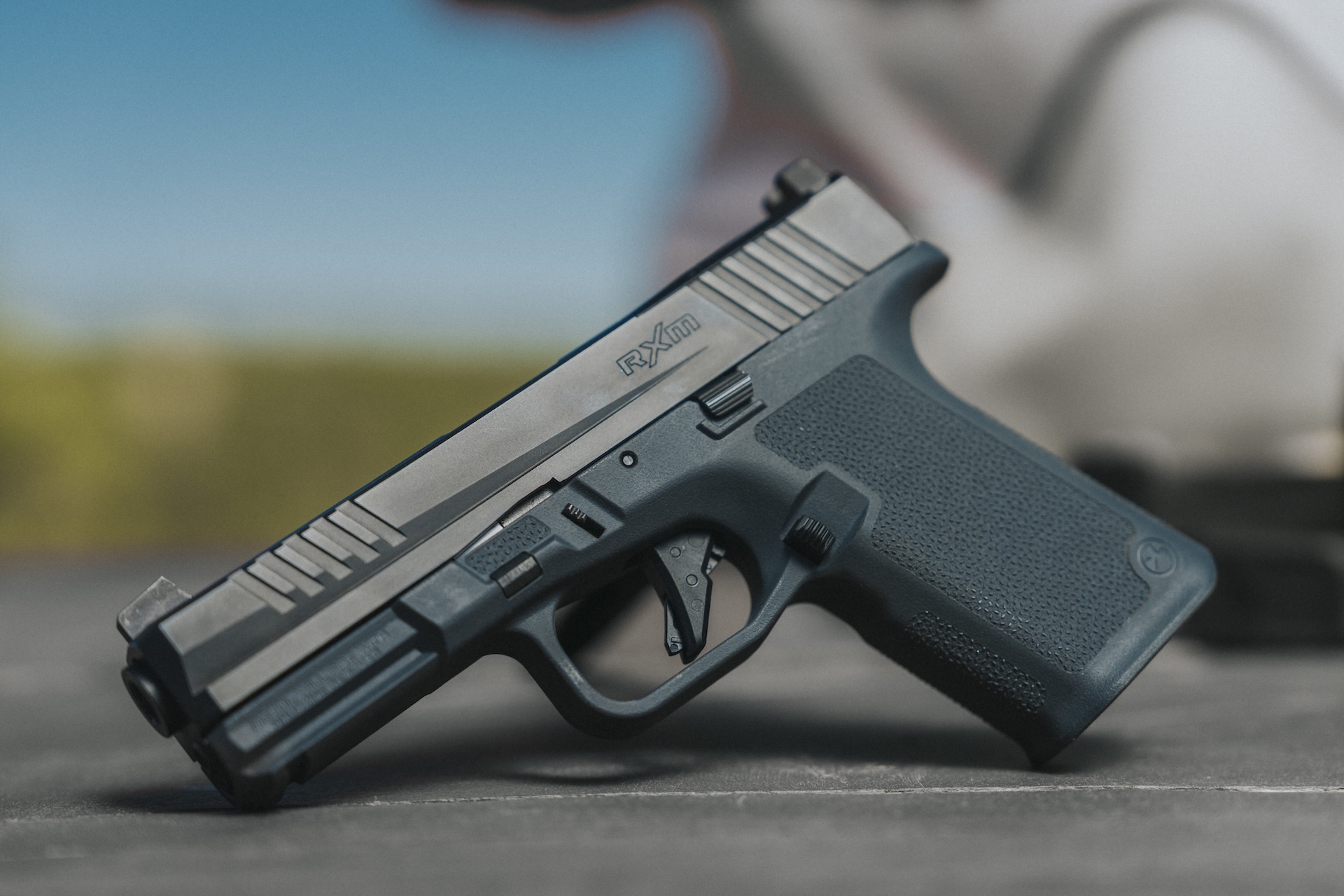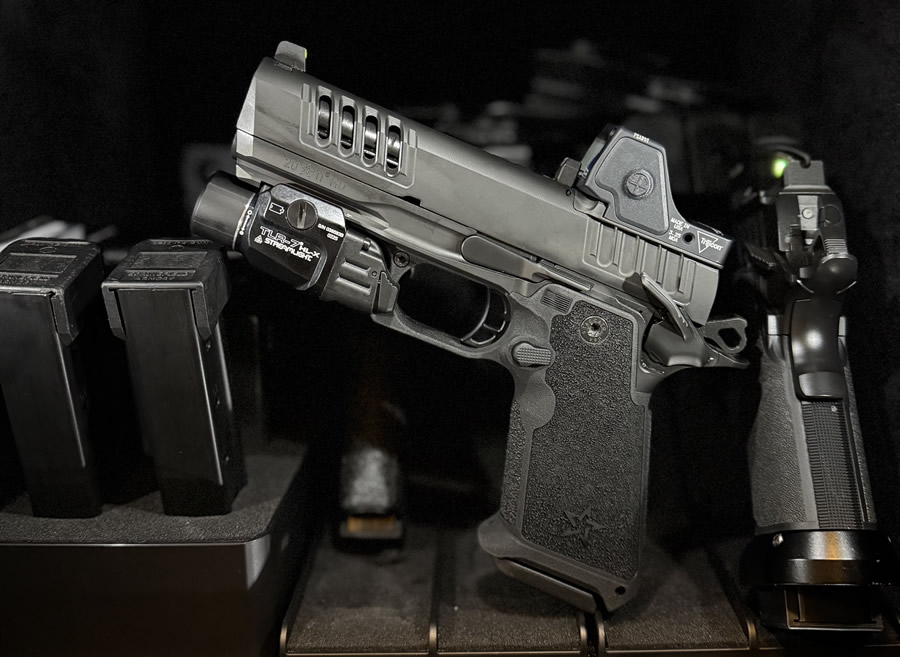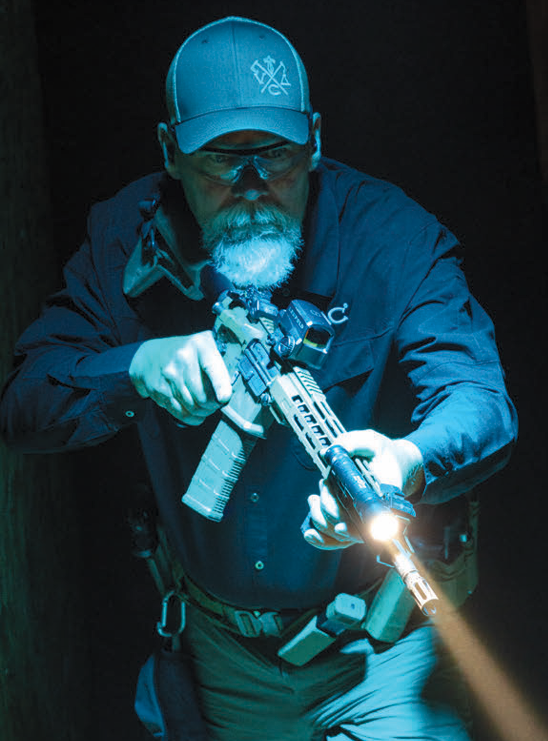Uberti’s version of Colt’s percussion .31-caliber Model 1849 a ‘dandy little gun.’

Looking back along the line of the original Colts, the Model 1849 Pocket Revolvers have quite a history. Sam Colt had produced some very historic revolvers beginning in 1836.
The Colt Patterson revolver was a five shot with the folding trigger and a pair of those are said to have been carried by Kit Carson, probably after 1840.
Next came the Colt Walker revolver, which was quite an improvement but that big .44 is huge.
The Walker was followed by the Colt Dragoon series, also .44s but with a shorter cylinder and barrel than the Walker model. What this led to was a need to introduce a small revolver for personal defense.
That is when the .31 Baby Dragoon came in, designed in late 1847.
The .31-caliber Baby Dragoon had the square-backed trigger guard that was like the trigger guard on the Colt Walker and the first issue of the Dragoon, giving it a “look” that makes it stand out among other Colt pocket models.
One little item that was missing was the loading lever under the barrel and the Baby Dragoon had to be taken apart to be loaded.
Another pocket revolver should be mentioned as we briefly review the old Colts, and that is a version of the Baby Dragoon that was ordered with a rounded trigger guard by the Wells Fargo company.
We refer to that today as the Wells Fargo Model, although it is rather doubtful that Colt ever gave it such a name. But in 1849 those pocket revolvers were updated and improved by adding the loading lever.
That loading lever is, basically, the only difference between the Wells Fargo Models and the 1849
guns. There were, however, some other options and the original 1849 revolvers were made with barrels from 3 to 6 inches in length.
To say the Pocket Revolver was a success would be putting it mildly. They represented the first firm footing for Colt, and prior to their introduction, the company had trouble staying in business. Over 300,000 of these guns were made before production ended, along with the end of the percussion era, in 1873.
One example of the acceptance of the Pocket Revolvers is found with the Baltimore Police Department, which was the first in the country to issue guns to their officers. The guns they issued were Colt Model 1849s.
TODAY’S COPY OF the 1849 Pocket Revolver, made by Uberti (uberti-usa.com), is really a dandy little gun. To give you a good overall description of this revolver, let me begin by saying it weighs just 1½ pounds, or 24 ounces.
With the 4-inch barrel, this gun has an overall length of about 9¾ inches. It isn’t a large revolver at all. Like other Colt-style percussion revolvers, this 1849 copy has the rear sight as a shallow notch in the top of the hammer.
There is another notch at the bottom of the striking face of the hammer and that notch engages a small pin in between the cylinder’s chambers, or nipples, that will keep the cylinder from rotating when the hammer is lowered over that pin.
Those pins make it possible to carry the gun fully loaded and capped with the hammer lowered between chambers or caps. Other Colt style revolvers that I’m familiar with have those “safety pins” between each of the chambers and, at first, I thought they were simply missing from this 1849 Model. However, there is one “safety pin” between two of the chambers on this gun’s cylinder.
Before the revolver should be fired there is a short ritual to be taken. That simply involves taking the barrel off so the cylinder can be removed from the base pin.
With the cylinder removed you can see rather large threads around the base pin. Those threads are to be filled with grease, which will enable the revolver to keep working when the shooting is going on. Without that grease, the cylinder will quickly become very hard to turn because of fouling. On this gun, those threads were immediately covered with October Country’s Bumblin’ Bear Grease.
Then, with the gun put back together, the first steps in loading can be done. What I mean by “the first steps” really means putting a cap on each of the nipples and “snapping” them while the barrel is close to a leaf or blade of grass. Snapping the caps will clear any oils out of the nipples and having the barrel close to the leaf or grass simply lets you see if the nipple is clear or not. If the leaf doesn’t move, do it again.
FOR MY FIRST shots, each chamber was loaded with 9 grains, using 3F powder. Ramming the balls into the chambers with the rather tiny loading lever was easier than I expected. After all of the balls were seated over the powder in the chambers, I used Bumblin’ Bear Grease to cover the bullets. That is done mainly to prevent “chain fires,” when more than just one chamber gets detonated.
Also, never shoot a percussion revolver with loaded chambers but no percussion caps on the nipples. The percussion caps “seal” those loaded chambers from the back. A chain fire with a revolver usually doesn’t do any damage but it can be exciting.
I took a kneeling position about 10 yards from the target.
-The first shot, while I was holding at about the bottom of the X ring, hit the black high at just about 12 o’clock.
-My second shot doubled the first shot.
-The third shot just opened the existing double bullet hole a little more.
-Then the fourth shot went into the same tight group.
Finally, the last shot went just a fraction of an inch higher and that was the only shot on the target to break into the white.
The balls I was using were 0 buckshot from Ballistic Products
(ballisticproducts.com). An 8-pound jar holds 1,120, more than enough to keep me shooting for a long time.
Their 0 buckshot balls are .320 inch in diameter and they look like they are perfectly round. In addition to that, the buckshot balls do not have sprues, so no “indexing” of the ball is necessary when loading.
Using the buckshot is much easier than using cast bullets because no thought about the “direction” of the ball is needed; just set it on the mouth of the chamber and ram it down to the powder.
Ballistic Products also makes a 0000-size buckshot and that is a .380-inch ball, just about right for those .36 Navy revolvers.
Another target was shot at, and this time the distance was a full 50 feet.
The load was about the same, although this time the sights were held at 6 o’clock on the bottom of the black. That was done to see if a higher score could be had by bringing the group closer to the center of the target.
With these five shots, the group stayed at the top of the black and the only real difference was that the group wasn’t quite as tight as the first.
Now for some notes about ballistics. Over the 9 grains of powder went the 0 buckshot balls from Ballistic Products.
That’s the load I was able to test fire over my chronograph in order to see what it was really doing.
Five shots were fired over the chronograph and those were recorded going as slow as 472 feet per second and as fast as 530 fps. Those averaged a whopping 496 fps but for the sake of easy math, let’s just call it 500 fps.
Those .320-inch round balls weigh in at just 50 grains. So, the 50-grain bullet moving at 500 feet per second carries an energy of just under 28 foot-pounds.
That’s just over a third of what a .22 Short carries with its 29-grain bullet moving at about twice the speed. This should tell you if you’re looking for power, you might look someplace else.
JUST IN CASE YOU can’t already tell, I really like this little gun. It’s a fun gun. Some of that fun might be seen in a soda-pop can hanging on a string with several .31-caliber bullet holes through it. And as a fun gun, it is quite practical. The most expensive part of shooting this revolver, shot for shot, is the price of the percussion caps. That makes this little five-shot rather practical and inexpensive to shoot, and this one will probably be shot quite a bit.
Story and Photos by Mike Nesbitt










